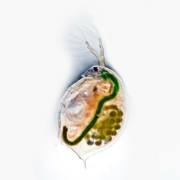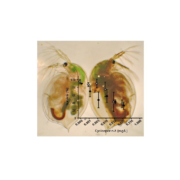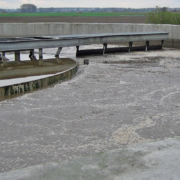Publication: Evidence for specific receptor-mediated toxicity of pharmaceuticals in aquatic organisms
The toxicity of 17 active pharmaceutical ingredients (APIs) was investigated using standardized acute and chronic tests with Daphnia magna and 2 algae species. Chronic toxicity was generally greater for Daphnia than for algae. Compilation of additional data resulted in 100 APIs for which the acute-to-chronic ratio (ACR) was determined for Daphnia. The frequency of high…

 D. Leib
D. Leib L. Schlüter-Vorberg
L. Schlüter-Vorberg T. Junker
T. Junker
